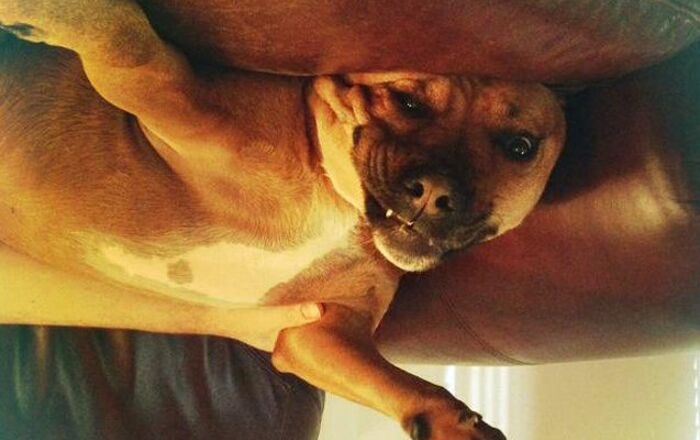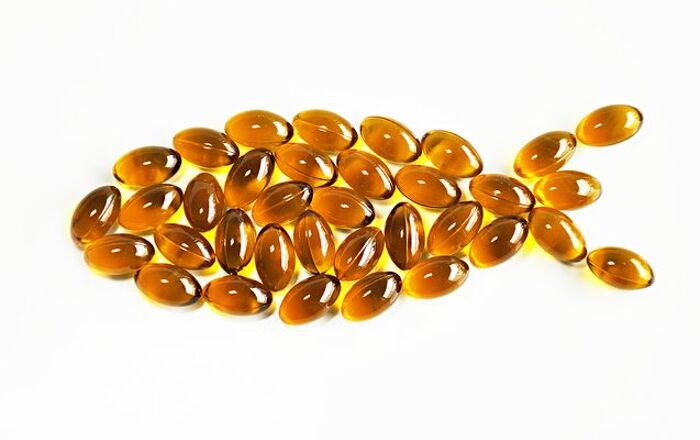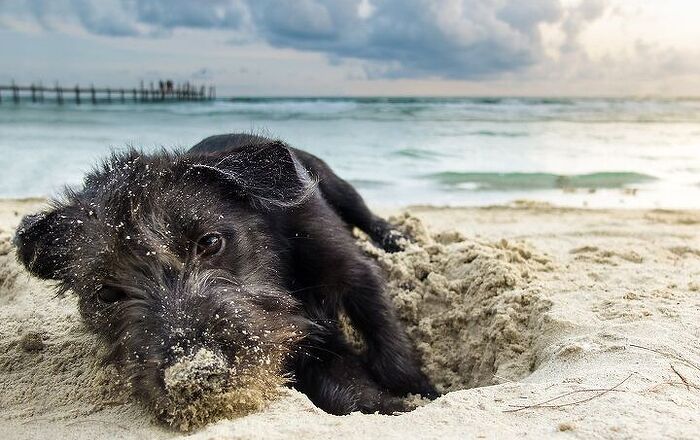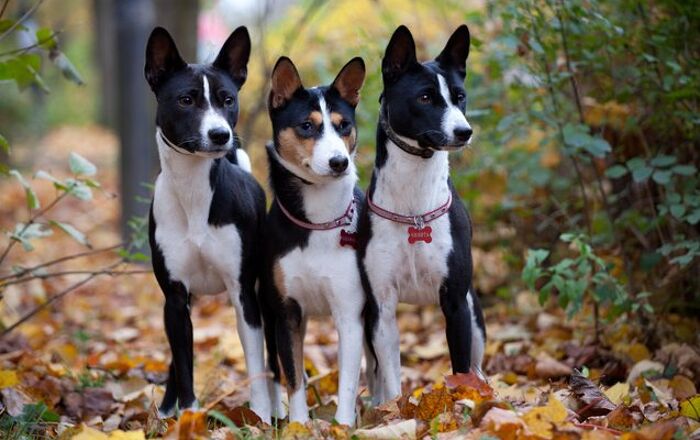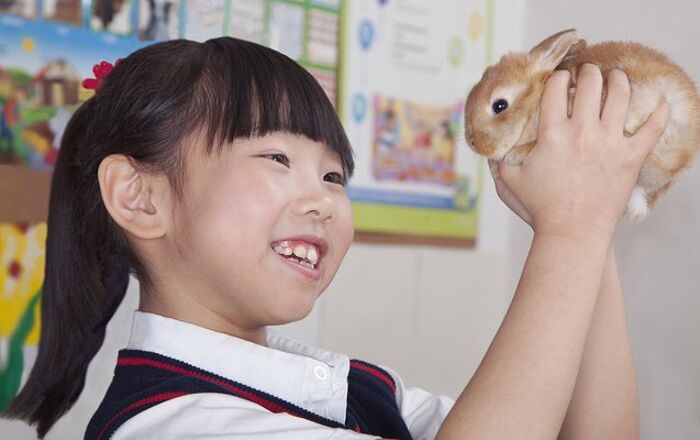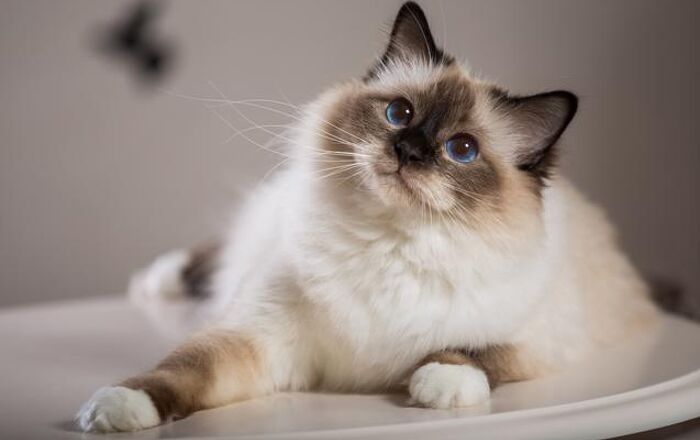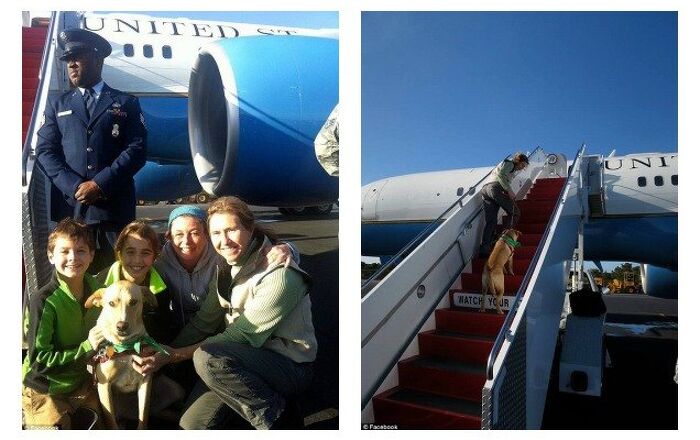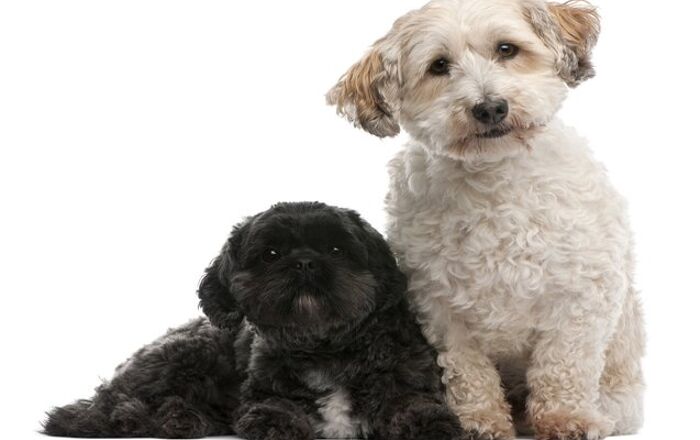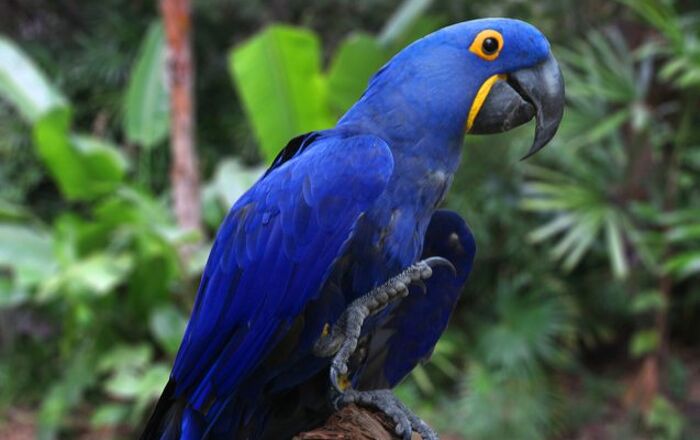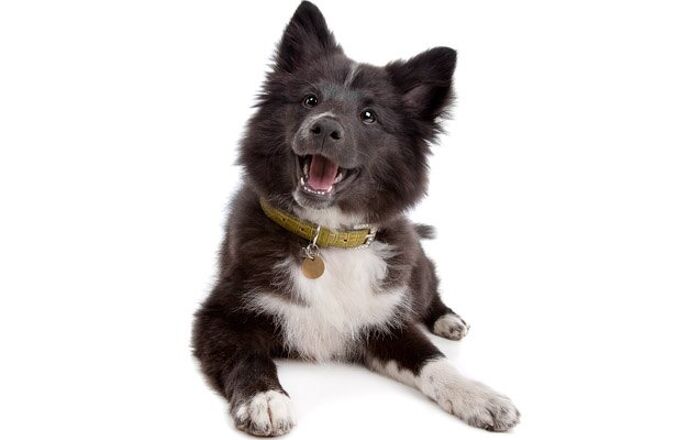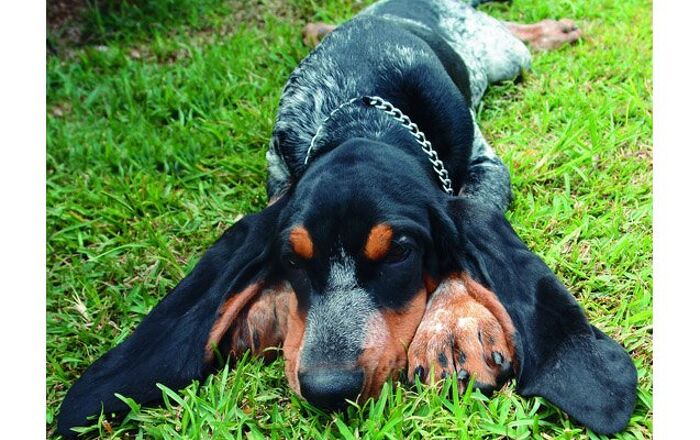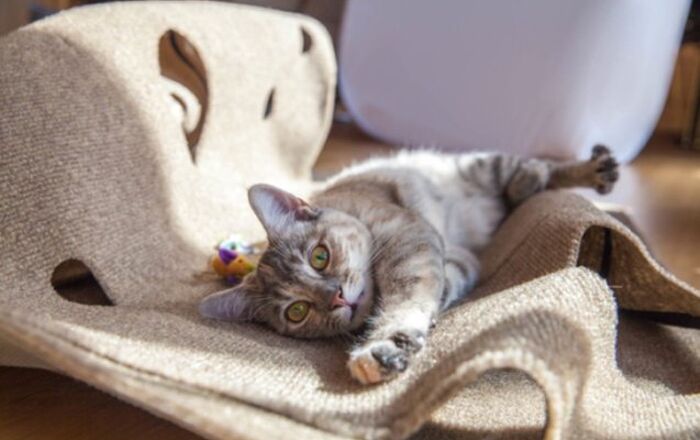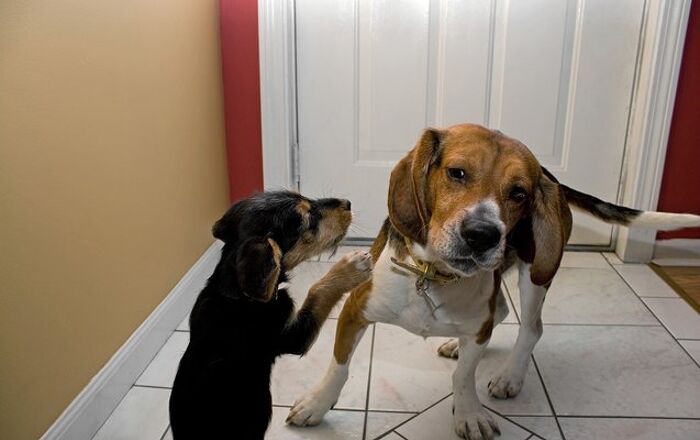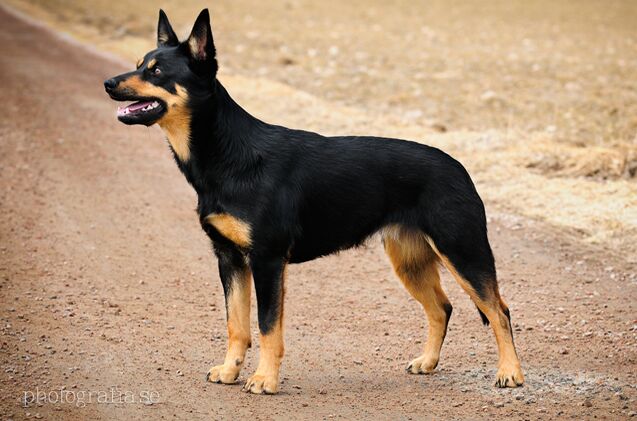
Australian Kelpie Basics
The Australian Kelpie is a highly intelligent breed of herding dog that likes to work hard. The name for this breed is similar to a creature from Scottish and Irish mythology – a Kelpie is a magical water horse that has ill intentions toward humans, particularly children. In reality, the Australian Kelpie is nothing like this mythological creature – it is friendly and playful, always eager to please its human companions. If you are looking for a clever working breed, particularly for herding, the Australian Kelpie is definitely a breed to consider.
The Australian Kelpie is a highly intelligent breed of herding dog that likes to work hard.
Origin
The origins of the Australian Kelpie can be traced back to the early collies that were imported into Australia during the early 19th century as working dogs. These working collies were bred with other breeds, possibly wild dingoes as well, to improve their abilities for working stock without direct supervision. Though dingoes were illegal to keep as pets, physical similarities between the dingo and the Australian Kelpie suggests that the two were crossed at some point in the past.
The first dog to carry the Kelpie breed name was a black-and-tan female purchased from a litter by Jack Gleeson during the early 1870s. Different colors of Kelpie carry different names. Black Kelpies are often referred to as Barb Kelpies, after Barb, the Kelpie who won the Melbourne cup in 1866. Red Cloud Kelpies are the descendants of John Quinn’s Red Cloud that became well known throughout Australia.
Related:Australian Cattle Dog
Pedigree
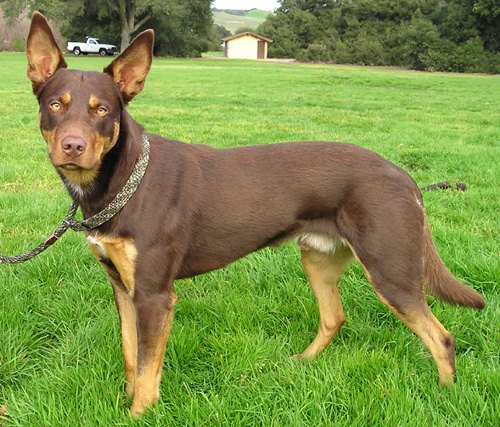
Legend has it that the Australian Kelpie was sired by a wild dingo, but it is more likely to have descended from early working collies imported into Australia during the 19th century.
Food/Diet
Given that the Australian Kelpie is a naturally active breed, you should consider providing him with a dog food formulated for active dogs.
Originally bred as a working dog, meant to herd livestock without direct supervision, the Australian Kelpie does well in training.
Training
Originally bred as a working dog, meant to herd livestock without direct supervision, the Australian Kelpie does well in training. These dogs are highly intelligent and respond very well to training, especially if it is started at an early age. This breed learns very quickly so, if you provide firm and consistent training you may be amazed at how much this dog can learn and retain. These dogs have even been trained for search and rescue and as scent dogs. It is important to keep in mind that Australian Kelpies were bred to be independent, so you need to account for that with your training. These dogs do not take as many repetitions to get the hang of a task as other breeds, so avoid being overly repetitive during training or your dog may become frustrated.
Weight
The average weight for this breed at maturity is between 31 and 44 pounds.
Temperament/Behavior
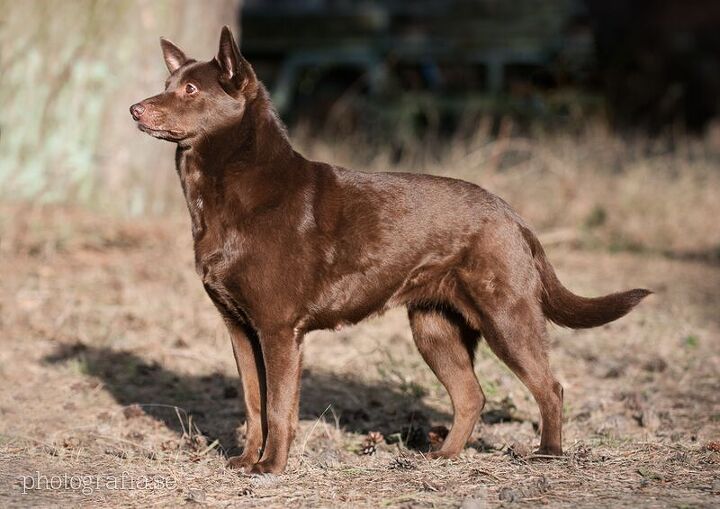
The Australian Kelpie is an energetic and active breed that loves to have a job to do. These dogs tend to bond strongly with one person, so they may not be the best option for a family pet. Australian Kelpies are good with children when raised from puppies, but they do not do well when kept primarily indoors – they need space to run and a job to perform. These dogs are very hardy and are capable of living outdoors if given proper shelter.
Common Health Problems
In general, the Australian Kelpie has few health problems. Like all dogs, however, they are susceptible to developing certain conditions. Some conditions to which the Australian Kelpie is prone include cryptochordism, hip dysplasia, luxating patella and cerebellar abiotrophy.
Life Expectancy
The average lifespan of the Australian Kelpie breed is between 10 and 14 years.
Exercise Requirements
The Australian Kelpie is an extremely active breed, bred to work hard all day long. This being the case, this breed requires a significant amount of daily exercise – one daily walk will not suffice. This breed does best when given some type of job to do, so training for agility is recommended. Australian Kelpies also make great jogging companions.
The Australian Kelpie is an energetic and active breed that loves to have a job to do.
AKC
The Australian Kelpie is not recognized as an independent breed by the AKC, but it is recognized by both the United Kennel Club and the Canadian Kennel Club. There is also a North American Australian Kelpie Registry which promotes the interest of the breed in the United States.
Coat
Australian Kelpies have smooth, short coats that come in a variety of colors including black, tan, red, blue, fawn, cream and any combination of these colors. Due to the length of its coat, the Australian Kelpie is fairly easy to groom – they require little more than regular brushing and bathing when they get dirty from a hard day’s work.
Puppies
Australian Kelpie puppies require a great deal of socialization from a young age to ensure that they get along well with children and other people. These dogs tend to grow up as one-man dogs but, with proper socialization, they can be good with children.
Photo credit: Pleple2000/Wikimedia; Boggas/Wikimedia

